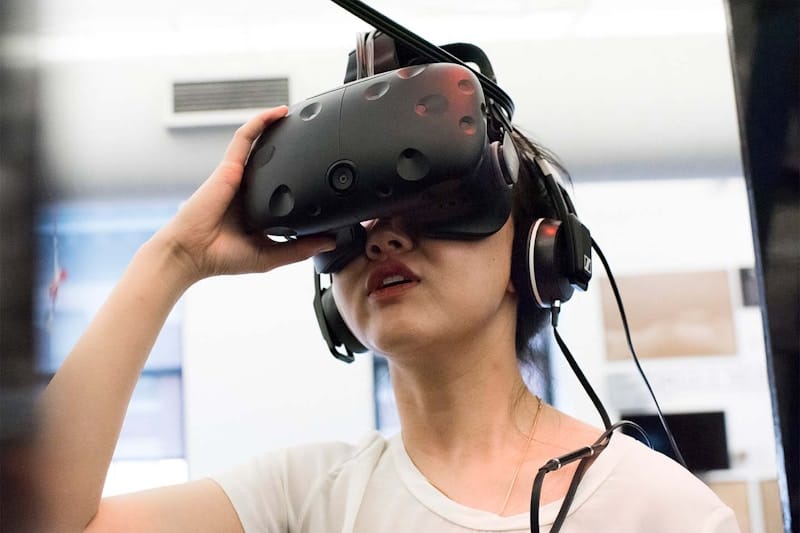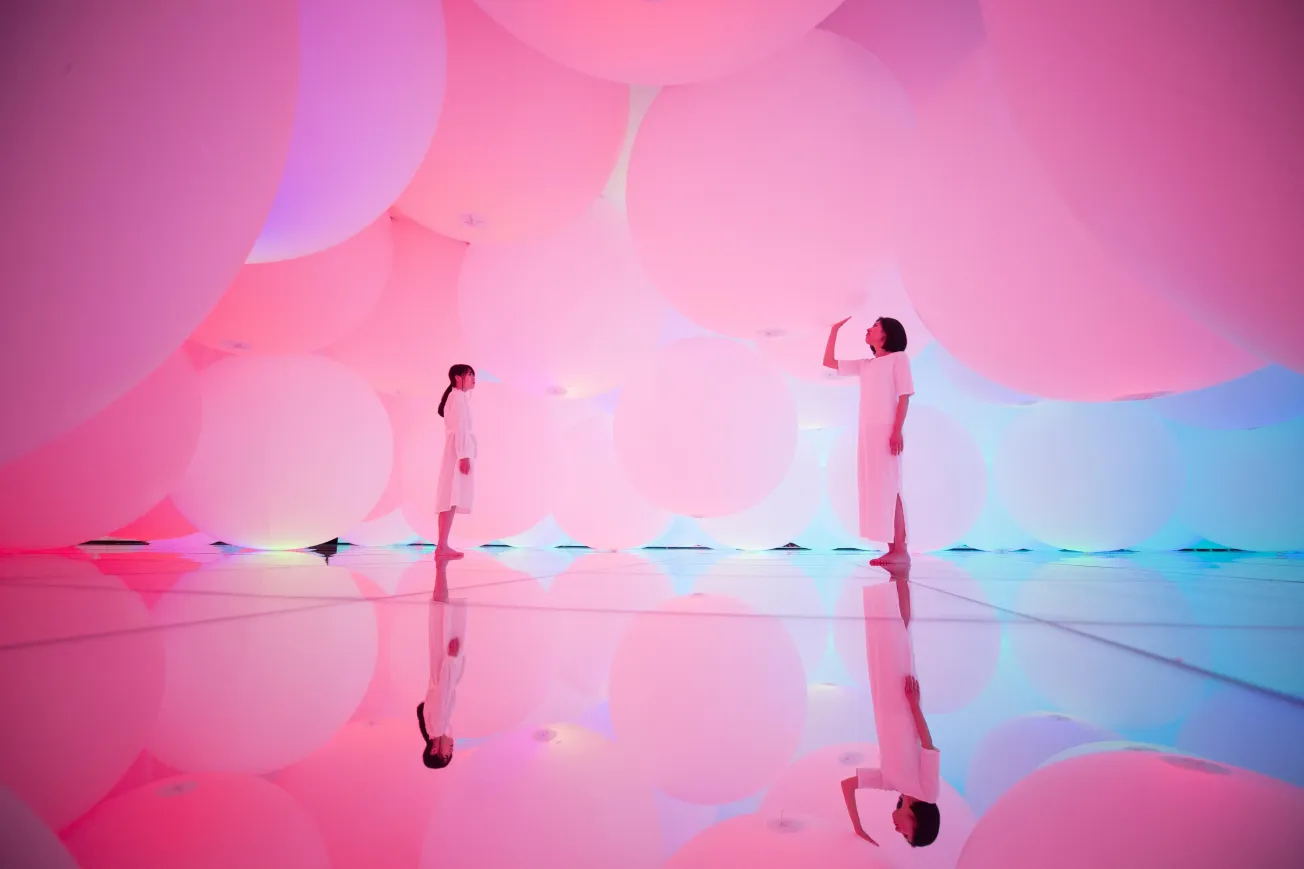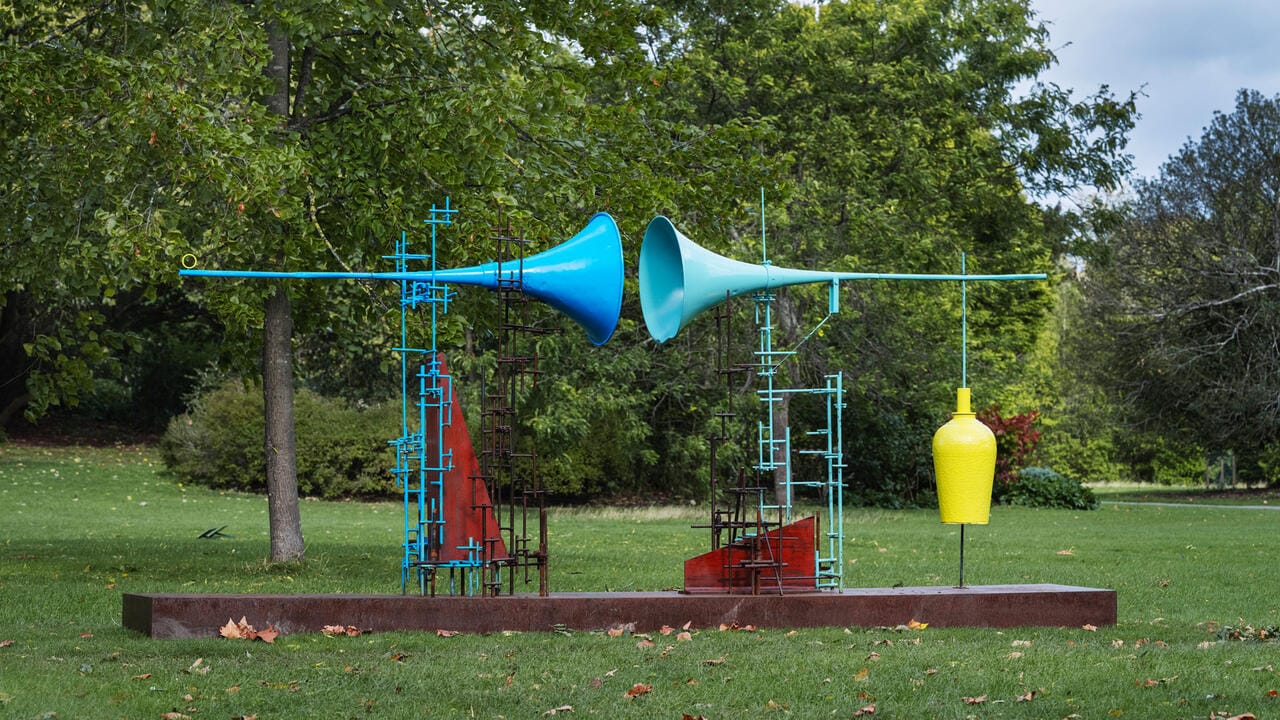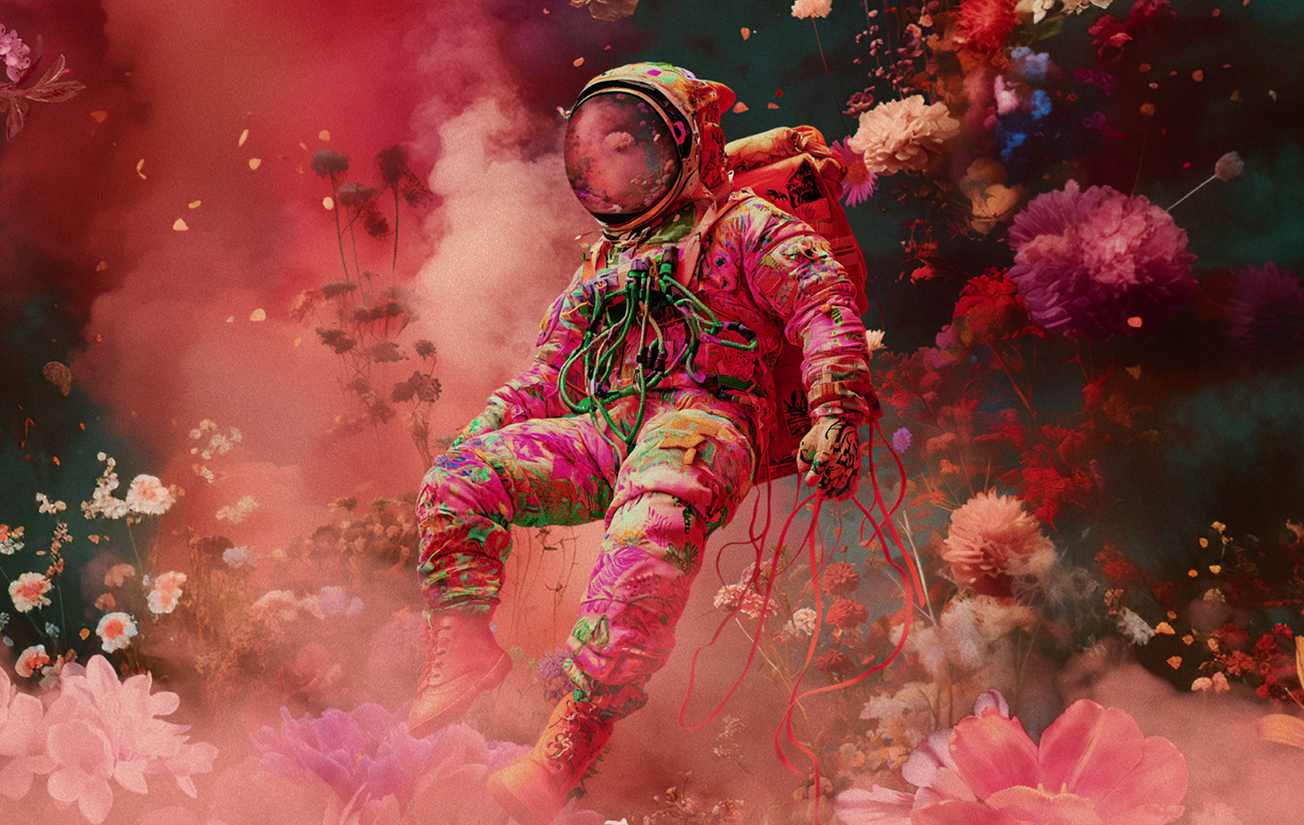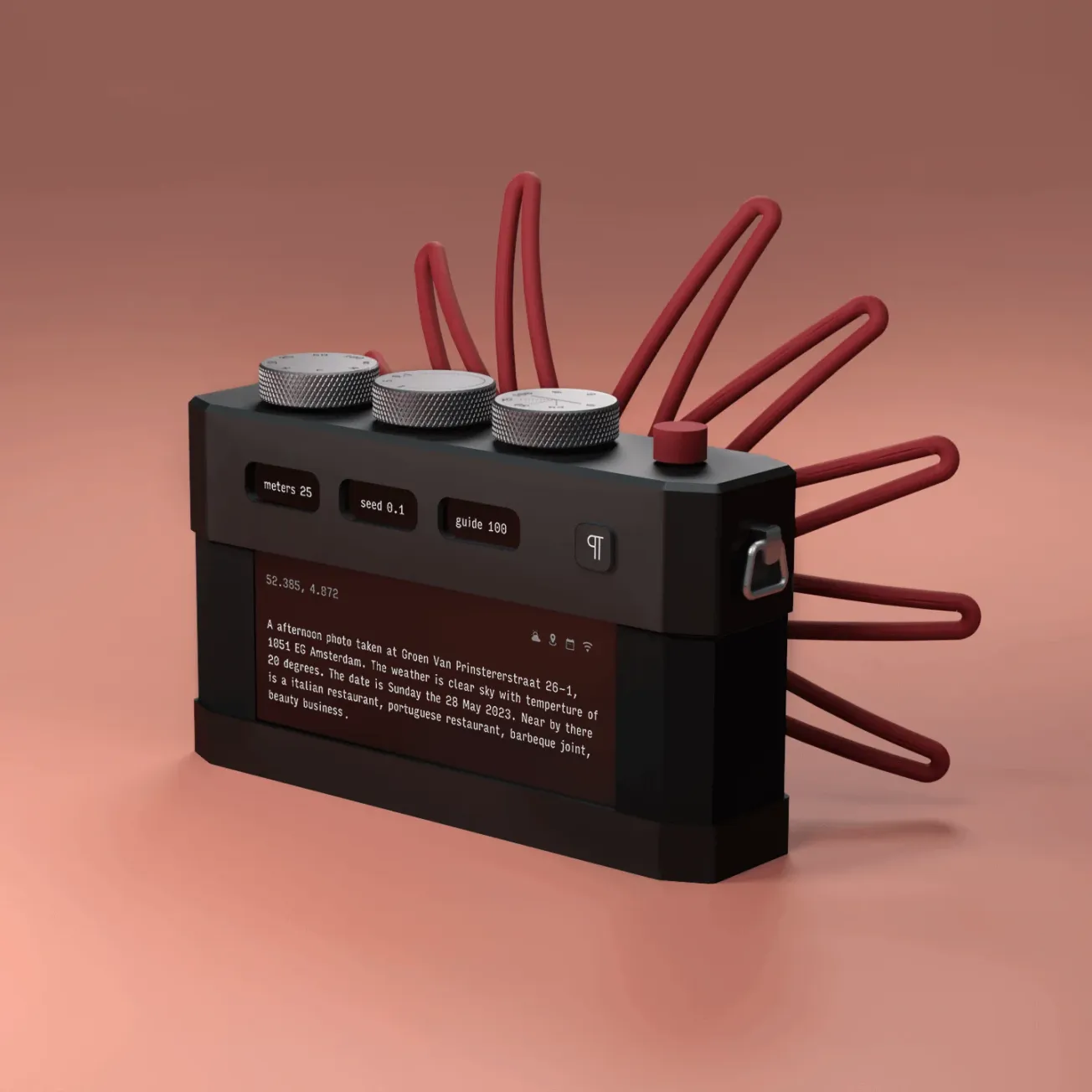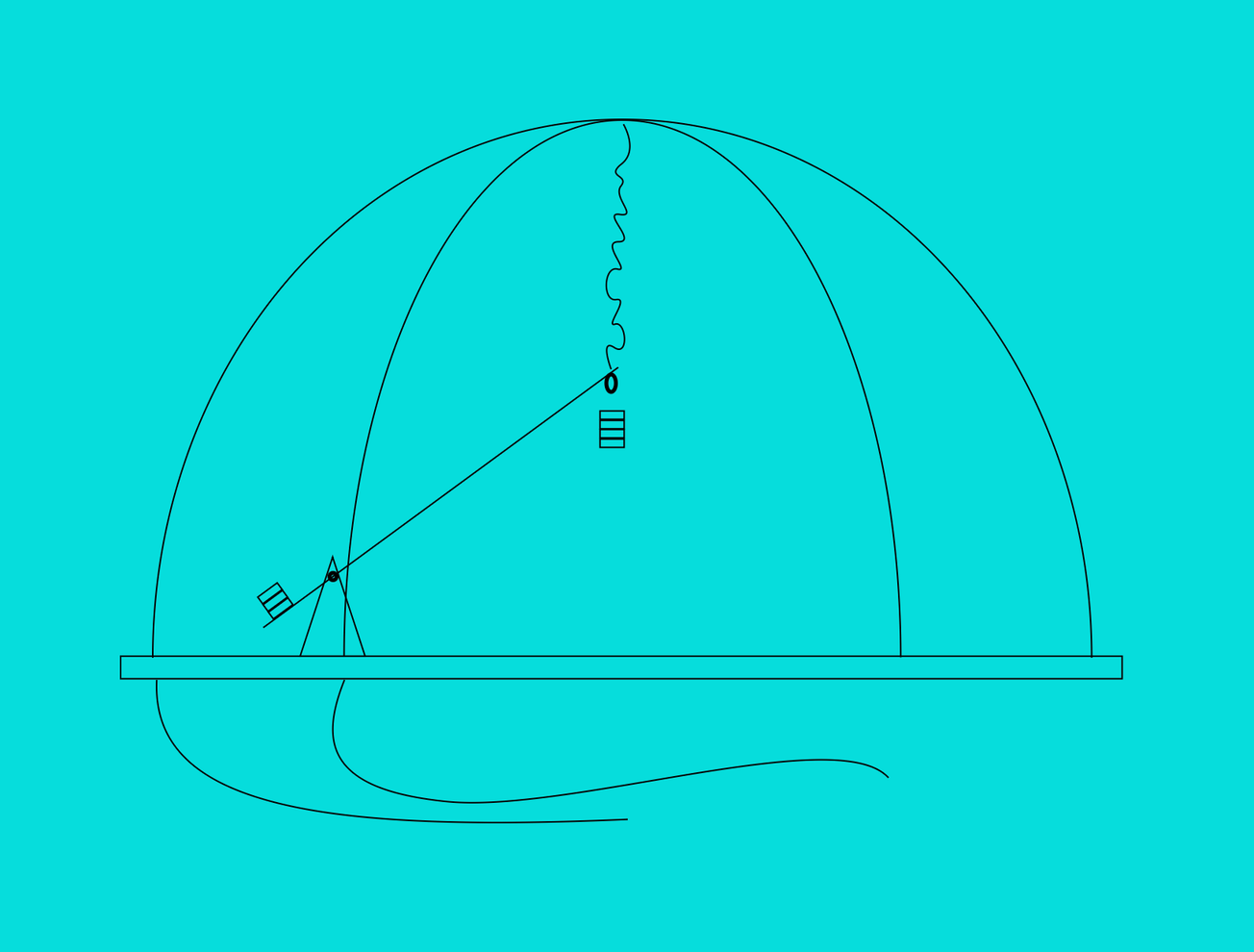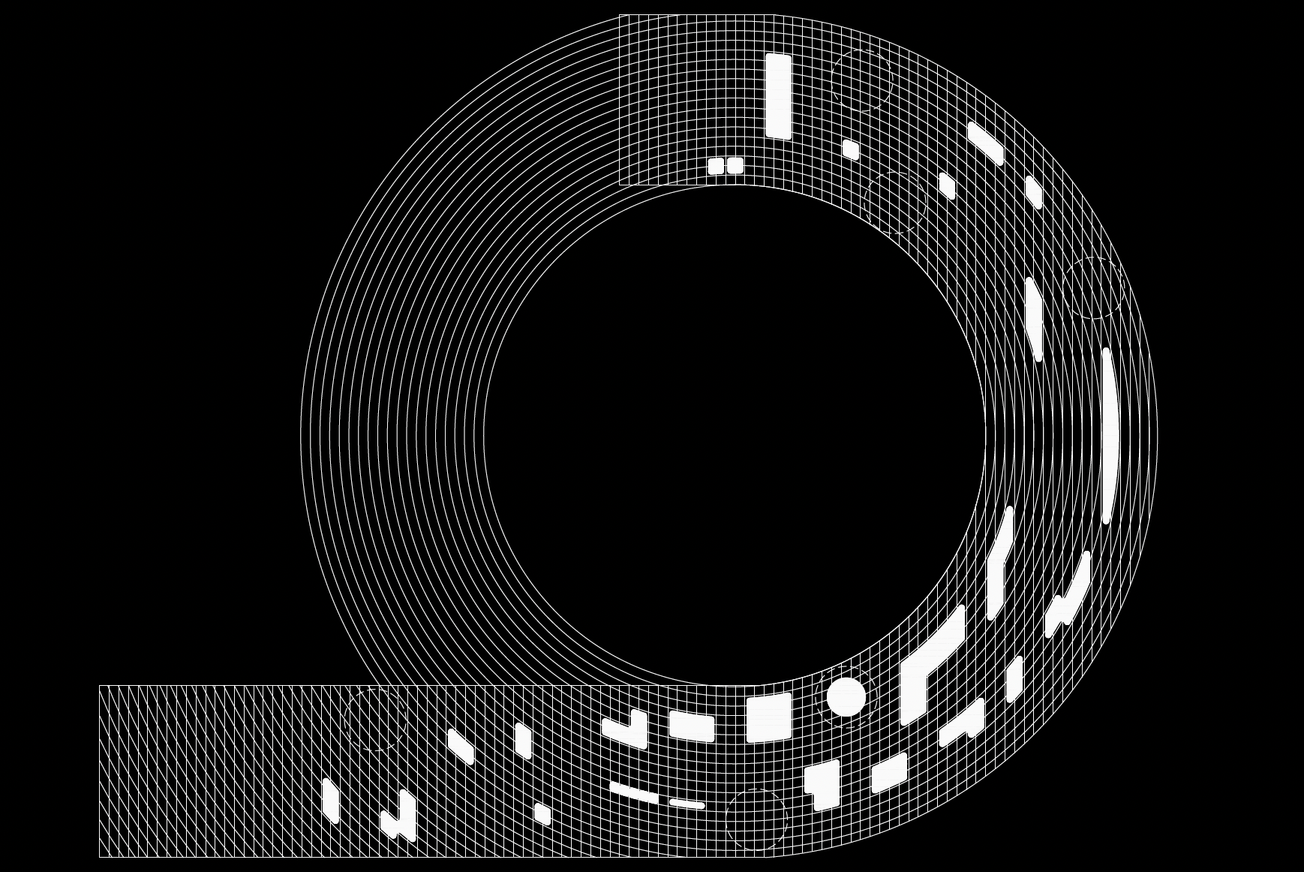Art and design education is undergoing a deep transformation. No longer centered solely on mastering tools or techniques, it’s becoming a domain of critical systems thinking, interdisciplinary inquiry, and technological fluency. As emergent technologies reshape the conditions of practice, higher education is reimagining what it means to be a creative practitioner—and what it means to teach creativity in the first place.
From AI to biofabrication, here’s how creative education is being fundamentally restructured for the decade ahead.
AI and Creative Co-Authorship
Generative AI, machine learning, and neural networks are becoming more than tools—they’re collaborators. Art and design programs are pivoting from teaching software usage to fostering fluency in computational thinking. Students are now trained to engage with intelligent systems as co-authors, prompting and shaping outputs while interrogating the logic behind them. This shift brings questions of authorship, originality, and intellectual property into core curriculum territory. Courses increasingly focus on prompt engineering, dataset ethics, and model transparency, preparing students not just to generate, but to critique and contextualize machine-made work. At Pratt Institute, the School of Art’s Creative Tech & AI initiatives are integrating generative systems into studio practice while encouraging students to question the ethical, aesthetic, and infrastructural implications of working with algorithms.
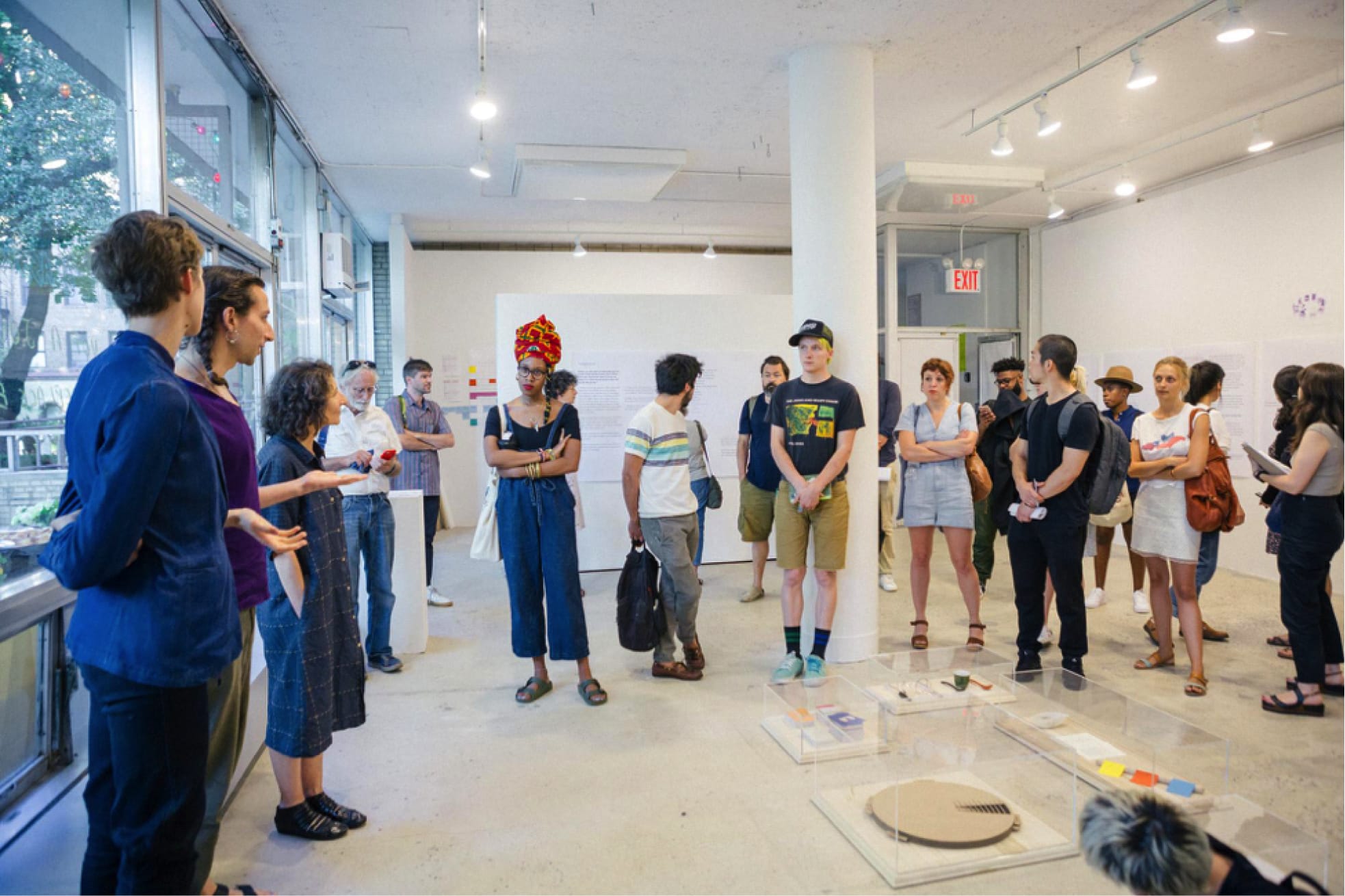
Speculative Design as Critical Infrastructure
Design is moving beyond form and function into futures literacy. Speculative and critical design practices, once considered fringe, are becoming central to how students navigate the uncertainties and ethical dilemmas posed by emerging technologies like quantum computing, synthetic biology, and extended reality. Curricula are being restructured to support scenario planning, systems prototyping, and design fiction, with strong ties to critical theory and science and technology studies (STS). Students learn to use speculative practices not only to envision desirable futures—but to surface the political, ecological, and social tensions embedded in today’s technologies. The studio becomes a space of inquiry, not just execution. Royal College of Art (RCA) in London has long pioneered speculative and critical design through its Design Interactions legacy and current MA Design Futures, foregrounding ethical speculation and systems thinking in the studio.
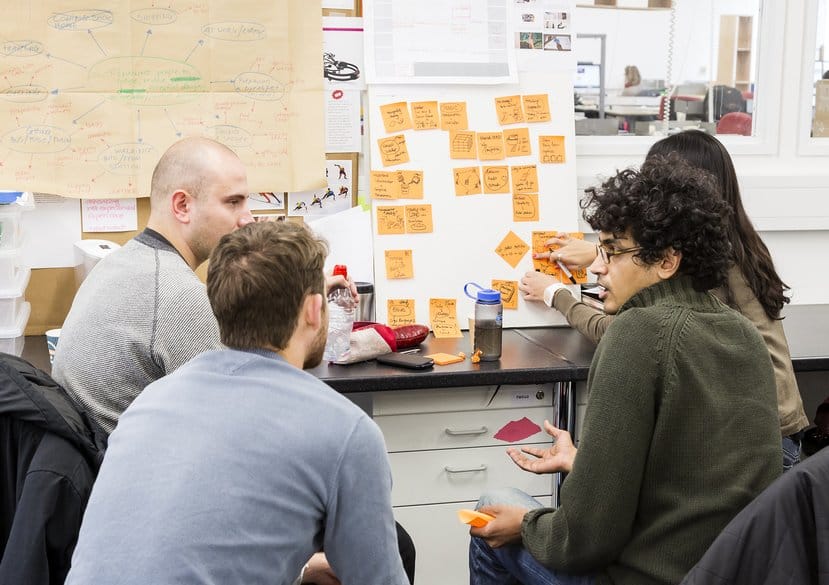
Studios as Responsive Systems
The creative studio is evolving into an intelligent environment. Spatial computing, LiDAR, and IoT technologies are turning static workspaces into programmable, sensor-rich systems. Rather than designing in space, students now design with space—embedding interactivity, context-awareness, and feedback into physical environments. To support this, institutions are investing in hybrid physical-digital labs and XR-enabled studios. Students are expected to gain fluency in environmental sensing, physical computing, and interaction design. Architecture, computer science, and design pedagogy increasingly intersect, requiring cross-disciplinary collaboration and new literacies for the built environment. SCI-Arc (Southern California Institute of Architecture) is leading with its EDGE MS in Fiction and Entertainment and immersive tech studios that blend narrative design with spatial computing, machine vision, and environmental responsiveness.
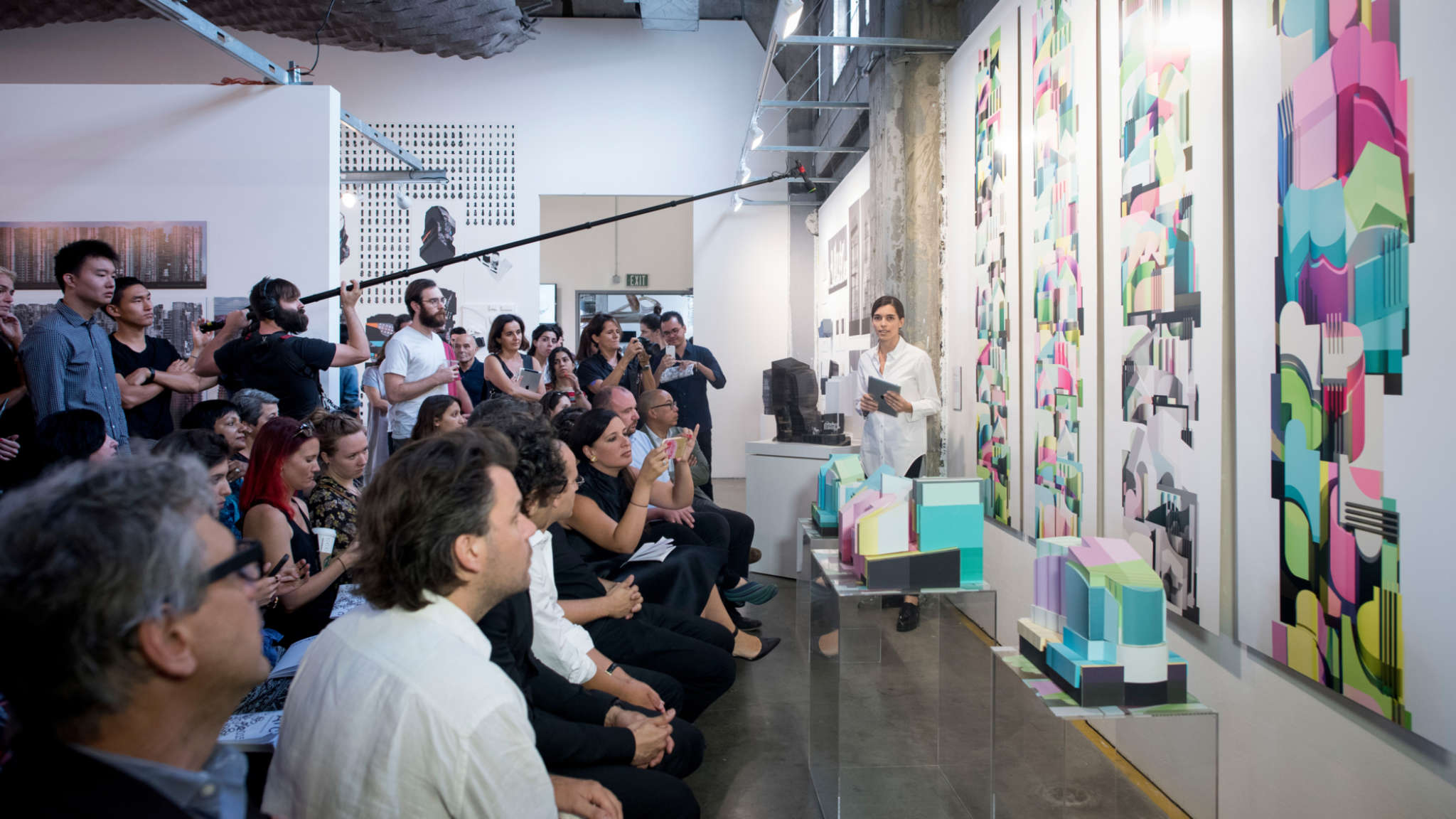
Designing With Living Systems
As sustainability becomes a baseline concern, creative education is shifting toward bio-integrated practices. Biofabrication and ecological design are reframing material exploration—encouraging students to grow, rather than manufacture, their materials. From algae plastics to mycelium composites, the lab becomes a petri dish for ecological innovation. These practices blur the boundary between digital and biological, as students combine generative design software with bioreactors or microbially grown structures. Programs are embedding ethical questions of extractive innovation, techno-ecology, and regenerative systems into core courses. Cross-pollination with biology, environmental science, and materials engineering is becoming standard. Central Saint Martins (UAL) offers a MA Biodesign program where students work across synthetic biology, living materials, and speculative environmental systems—prototyping post-anthropocentric design from the lab bench to the exhibition space.
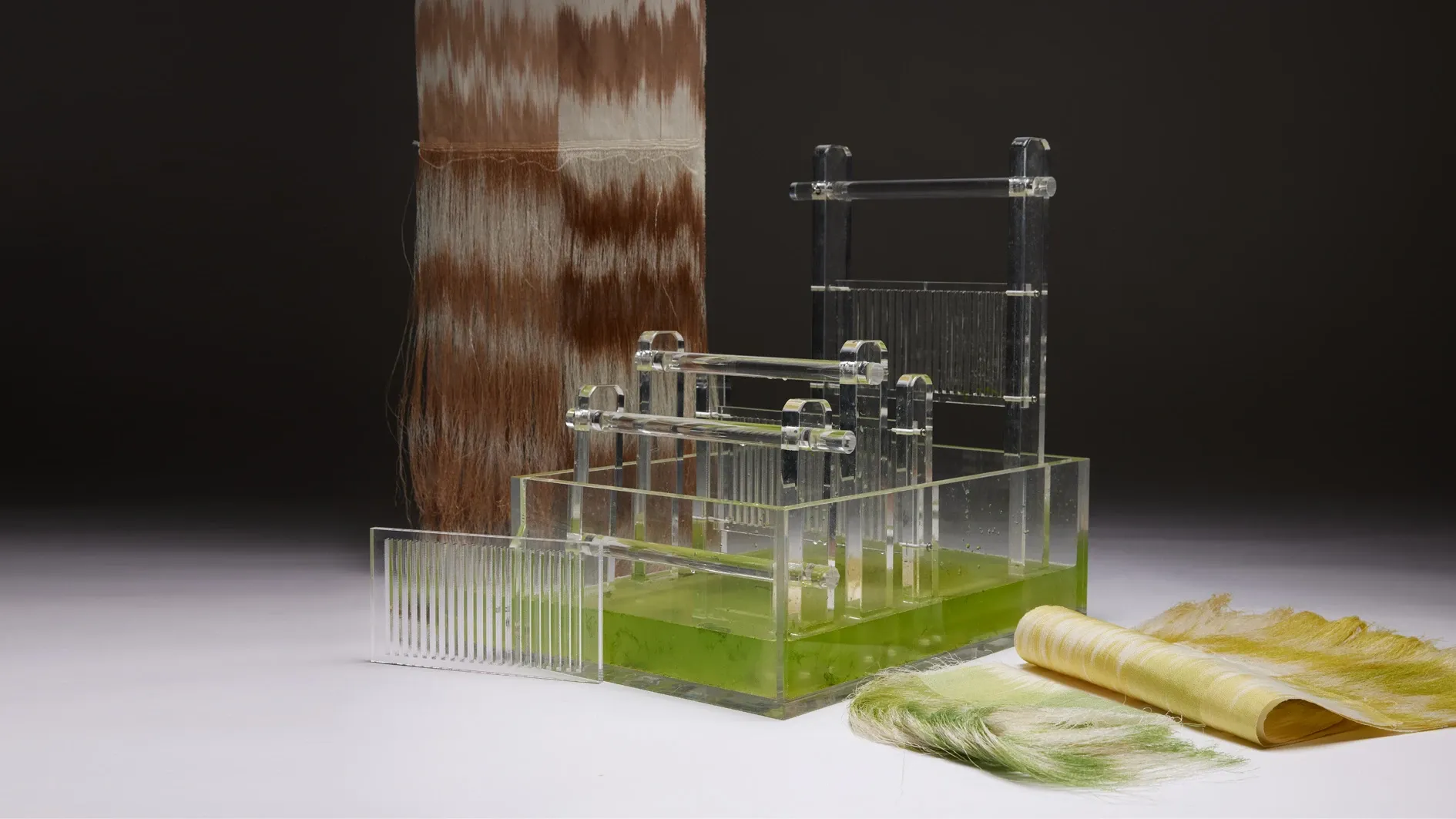
Decentralized Infrastructure and Data Sovereignty
Creative education is beginning to confront the politics of infrastructure. Blockchain, decentralized identity systems, and Web3 platforms are pushing students to rethink ownership, provenance, and publishing. Institutions are exploring how student work can live on-chain, with experiments in NFT-based publishing, DAO-led projects, and decentralized storage gaining traction. This move brings critical discussions about labor, digital sovereignty, and creative governance into focus. Students are taught to question the assumptions built into the platforms they use, building a deeper understanding of how design, code, and capital intersect. Decentralization isn’t just a trend—it’s a way of reconfiguring authorship and access. At New York University’s ITP (Interactive Telecommunications Program), students explore blockchain and decentralized systems in the context of creative practice and civic tech, building speculative prototypes that intersect with social justice and alternative economies.
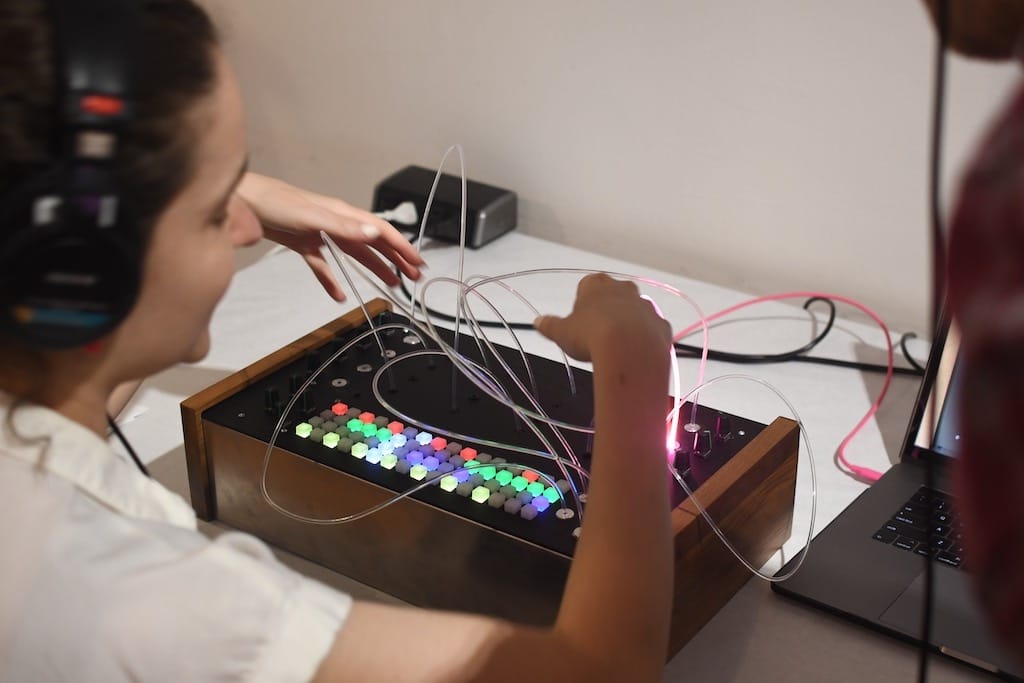
Global Collaboration With Local Grounding
As hybrid and online learning environments expand, students are increasingly collaborating across borders, working on shared digital platforms in real time. But this global reach isn’t without complexity. The same infrastructures that connect students also reproduce inequalities, raising questions around access, bandwidth, and cultural dominance. Forward-thinking institutions are addressing these tensions by balancing global collaboration with local relevance. Students are trained to design across contexts, co-creating projects grounded in place, culture, and infrastructure. Open-source tools and distributed studios are enabling wider access, but also demanding greater awareness of digital colonialism and platform bias. Design Academy Eindhoven is known for cultivating globally networked design studios while maintaining strong contextual roots in Dutch and European material, political, and ecological histories. Many student-led projects challenge dominant narratives through hyper-local methodologies.
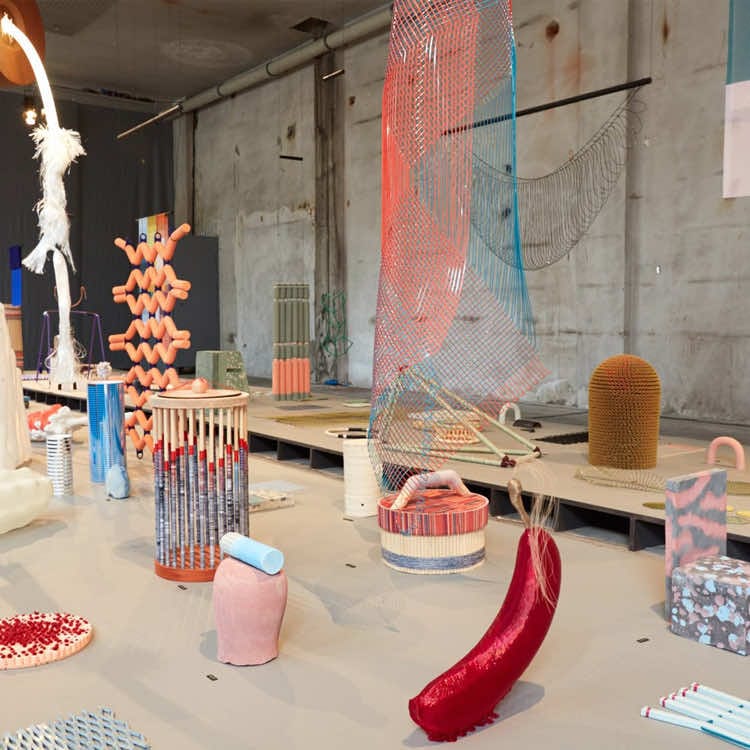
Research as a Creative Method
Creative practice is no longer separate from research—it is research. Art and design programs are increasingly integrated into research universities and grant-funded ecosystems, aligning their methods with those of academic inquiry and technological innovation. This model, often called research-creation, treats making as a way of producing knowledge, not just objects. Students and faculty are building installations, generative systems, and XR environments to explore everything from algorithmic bias to climate justice. Projects are evaluated not just for their aesthetics but for their contribution to policy, theory, and public discourse. Funding bodies like the NSF and Horizon Europe are backing these initiatives, driving a new kind of creative accountability. Concordia University’s Milieux Institute for Arts, Culture and Technology in Montréal is a global leader in research-creation, supporting interdisciplinary labs where scholars and artists co-develop critical technologies, speculative systems, and material inquiries.
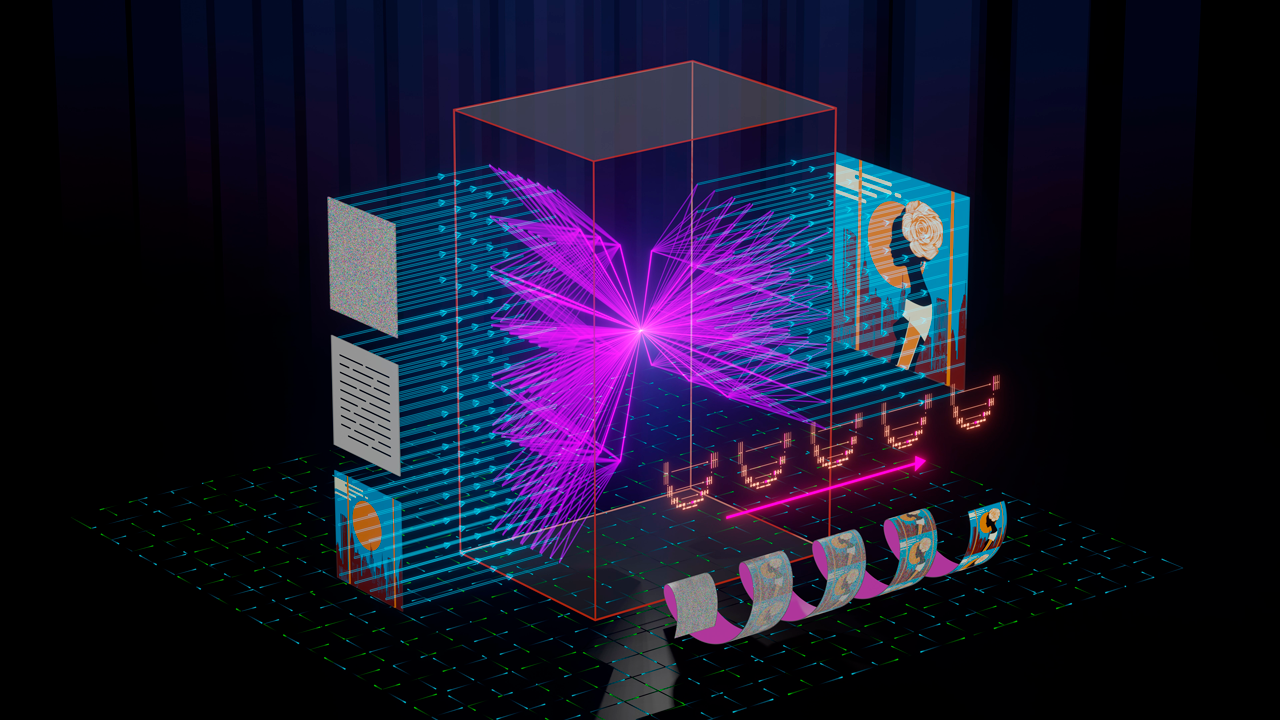
The Bottom Line: Critical Agility Over Technical Mastery
The institutions that will thrive in the coming decade won’t be the ones that teach the most tools—they’ll be the ones that teach students how to think critically about the tools they use, the systems they inhabit, and the futures they help shape.
Emerging technologies are not simply add-ons to existing curricula. They’re reshaping what it means to learn, to make, and to imagine. Art and design education is becoming a test site for new ways of knowing—and for new ways of building the world.

